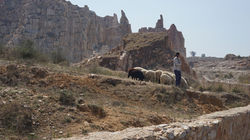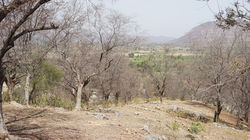top of page
DECAYING MODERNITIES
2014, Chandigarh, India, With Metaxia Markaki
Chandigarh the ville de Beton Brt celebrated its 50 years of completion recently. This photo series captures the city in perpetual decay and the aesthetic of decay. The hybidisation that the inhabitants are bringing to this city and how a pirate modernity is taking over the city.
 |  |  |
|---|---|---|
 |  |  |
 |  |  |
 |  |  |
 |  |  |
 |  |  |
 |  |  |
 |  |  |
 |  |  |
 |  |  |
SACRED ECOLOGIES
2019-2020, Extended metropolitan region of Delhi
Villages in India have traditionally maintained ecological commons through a sacred contract. This has translated into many of the trees and fauna found in the common to be assigned sacred meaning. Irrespective of the religious affiliations of the community, they ecological commons feature a shrine at their centre, usually for a sage who is known as the protector of the forest. The ecological commons have through such conservation historically served as sites for material and environmental replenishing.
In the recent decades due to expropriation of land from village communities by pirate capitalists and rapid mining many of the sacred forests and ecologies have lost their meaning and have become severely depleted. Civil society initiatives such as the Aravalli Biodiversity Park by Vijay Dhamsana and I am Gurgaon are attempting to revive the ecology of these places, while at the same time expressing solidarities with the rural communities that are still in touch with the ecological commons.
Thus the present condition presents both a dilemma and an opportunity for intervention and ecological replenishing.
bottom of page